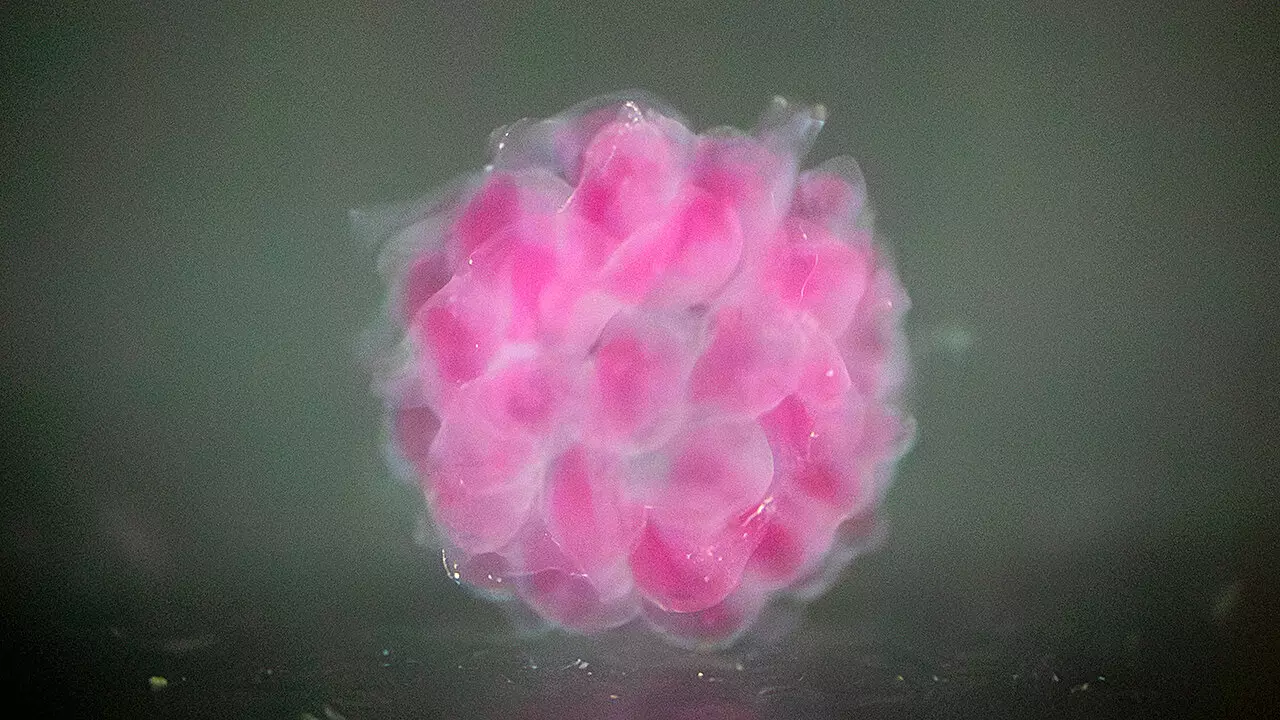In an era where technological advancements in medicine are surging at an unprecedented pace, a groundbreaking development from the University of Virginia School of Engineering and Applied Science is poised to change the landscape of organ manufacturing. An innovative research team led by Assistant Professor Liheng Cai and Ph.D. student Jinchang Zhu has recently unveiled the blueprint for what could be a remarkable step forward in bioprinting: human-compatible organs that can be printed on demand. This work signifies not just an incremental improvement but a colossal leap from existing bioprinting methodologies, promising to redefine how medical science approaches organ repair and replacement.
The core of their research revolves around engineered biomaterials with mechanical properties that closely emulate those of various human tissues. As Zhu succinctly notes, this achievement holds transformative potential for the bioprinting sector. Their latest findings, published in *Nature Communications*, showcase a novel bioprinting technique called Digital Assembly of Spherical Particles (DASP), which facilitates the creation of complex 3D structures using water-based biomaterials. This technique can be viewed as revolutionary, opening doors to applications far beyond current limitations in organ replacement.
The Science Behind DASP: Crafting the Building Blocks of Life
The DASP technique introduces a unique mechanism akin to a digital printing process. It employs a concept borrowed from digital image technology: voxels. These three-dimensional equivalents of pixels allow for the precise construction of objects in 3D space. Cai and Zhu’s creation of the first functional voxel through their hydrogel particles is a remarkable milestone. These particles possess the ability to encapsulate living human cells, thus forming the foundational elements to create 3D cell-based models, known as organoids, which can mimic human tissues for disease research.
A distinguishing feature of their hydrogel particles is their “double network” structure, achieved through advanced “click chemistry,” which enables rapid and consistent cross-linking of molecular components. By manipulating the arrangement of single-molecule monomers, they achieved hydrogels that not only exhibit mechanical strength but also tunability, allowing researchers to closely imitate the properties of human tissue. This innovation provides a reliable foundation for future endeavors in organ printing and regenerative medicine.
Pushing the Envelope: From Vision to Reality
Prior iterations of bioprinting technology, including the earlier version of DASP, were marked by limitations in tunability and mechanical properties. The transition from DASP 1.0 to DASP 2.0 represents a significant evolution, allowing the team to print materials that not only maintain structural integrity but also function biologically akin to actual human organs. Earlier demonstrations of DASP printed materials that mimicked a pancreas showcased the application of this technology in glucose-stimulated insulin release, hinting at potential therapeutic uses.
The advancements are not merely theoretical; the new multichannel nozzle designed by Cai and Zhu enables on-demand mixing of hydrogel components, facilitating immediate application before the hydrogels can cross-link. This breakthrough plays a critical role in tailoring the mechanical attributes of the printed materials to replicate the specific characteristics of human tissues. The dexterity with which the DASP technique can produce large droplets that maintain viscoelastic properties challenges previous limitations in soft matter science and 3D bioprinting.
Implications for Future Healthcare
The implications of this technology are both profound and far-reaching. If fully realized, the ability to print organs, develop disease models, and conduct drug screening through this voxel-based approach may revolutionize transplant medicine and pharmaceutical research. It presents a future where the dire shortage of donor organs might be alleviated and where custom tissues could be printed for individual patients, thereby personalizing healthcare like never before.
This pioneering research is more than just a technological innovation; it represents a paradigmatic shift in how we conceptualize and produce biological materials. As Cai aptly expressed, the foundation for voxelated bioprinting is now laid. The path forward is fraught with challenges, but the potential rewards for medical science—and ultimately for patients—are simply too pivotal to overlook.


Leave a Reply